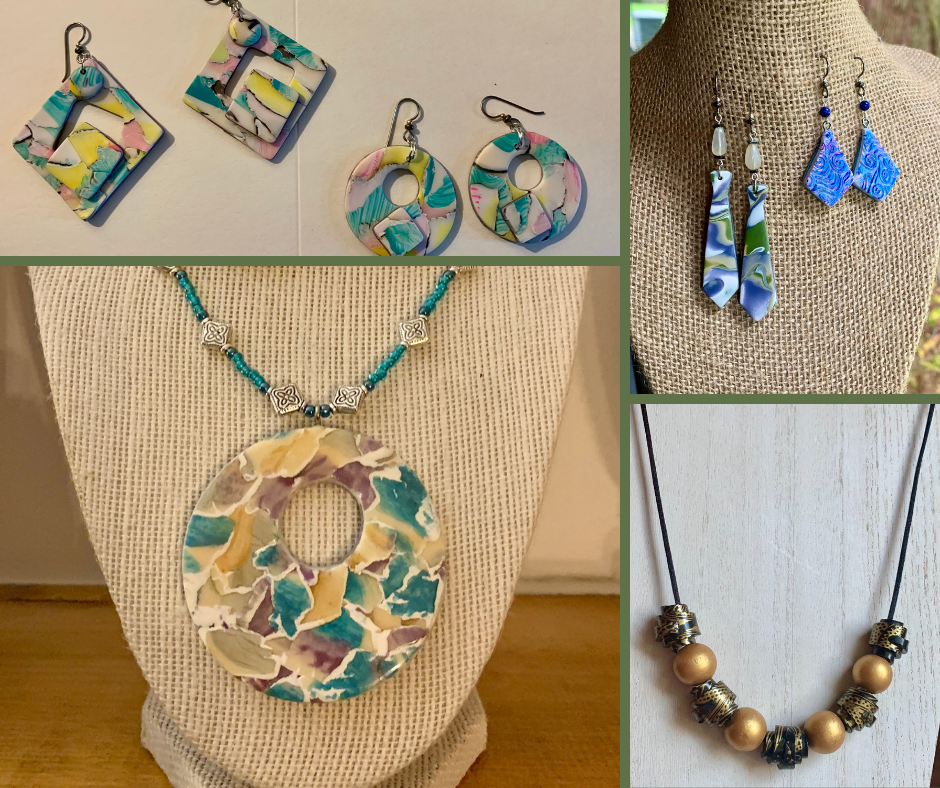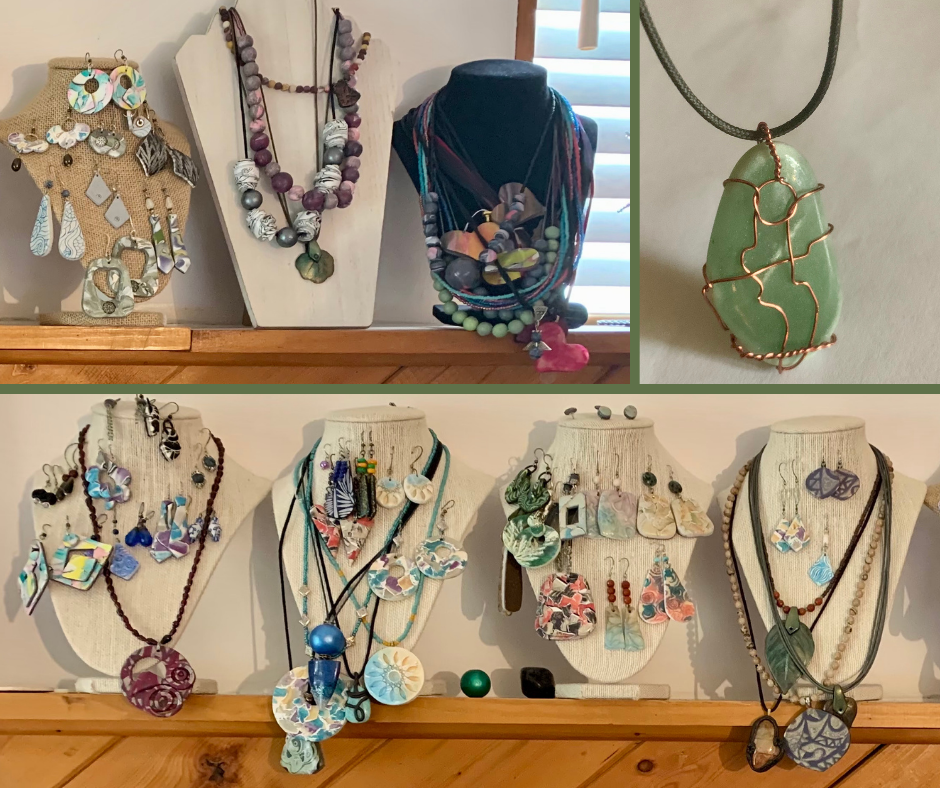  
|
Posted By Administration,
Tuesday, October 19, 2021
Updated: Tuesday, October 19, 2021
|
 Week #2 of EDConnect21 is underway. We had two powerful presentations today. First we hear from Ryan Jolley with "Everyone Hates Your Bonus Program: Here's How to Fix It!" We closed the day hearing from Diane Mika and Julie Stanton as they shared "The Go/No-Go Process: Promoting Effective Marketing and Risk Management." Both sessions were packed with insights and tips that can be immediately put to use in the office. Week #2 of EDConnect21 is underway. We had two powerful presentations today. First we hear from Ryan Jolley with "Everyone Hates Your Bonus Program: Here's How to Fix It!" We closed the day hearing from Diane Mika and Julie Stanton as they shared "The Go/No-Go Process: Promoting Effective Marketing and Risk Management." Both sessions were packed with insights and tips that can be immediately put to use in the office.
Two of our favorite quotes from Ryan's session: "Profits are what give us the ability to do the extra and fun things that our employees all want." Also, "What gets measured gets done, what gets measured AND feedback gets done well, what gets rewarded get repeated."
During our afternoon program, Diane and Julie gave us lots to consider while walking us through two case studies to see how a Go/No-Go scoring system can work. PLUS, they addressed the importance of understanding the costs associated with the preparation of a proposal.
Share in the comment box below some of your biggest takeaways.
Tags:
Bonus Programs
EDConnect21
Go/No-Go
SDA
SDA National
Permalink
| Comments (0)
|
  
|
Posted By Administration,
Thursday, October 14, 2021
Updated: Thursday, October 14, 2021
|

The first week of EDConnect21 is complete. The second day of the conference offered two great sessions.
Bryon McCartney started the day with his program "Your Brand, Your Website and Your Content." We finished Day #2 with a presentation "Increasing Client Experience and Innovation through Diverse Thinking: How Diversity in Leadership Leads to a Better Product and More Profitable Organization" including panelists Jason Green, Amanda Roehl and Chandra Storresten (and facilitated by Joshua Lowery).
Both sessions provided many insights and the panel presentation gave us lots of food for thought and things to consider putting into practice.
Some of our noted quotes from today's sessions:
From Bryon McCartney:
"The homepage of your website must answer three questions for your visitors:
- What do you do?
- Why should they care?
- What do they do next?"
From our panelists (Jason Green, Amanda Roehl and Chandra Storrusten):
"Diverse clients and employees ask better questions."
"We need to switch the language from DEI (Diversity, Equity, Inclusion) to REI (Respect, Empower, Include)"
What were some of your some of your biggest takeaways, ah-ha's, quotes and other ideas that you are going to start using? Share in the comment box below.
Tags:
Amanda Roehl
Bryon McCartney
Chandra Storrusten
EDConnect21
Jason Green
SDA
SDA National
Permalink
| Comments (0)
|
  
|
Posted By Elizabeth Harris, FSDA,
Friday, March 5, 2021
Updated: Thursday, March 4, 2021
|

Fridays After 5 Featuring Judy Beebe
SDA’s member spotlight Fridays After 5 showcases the varied creative, fun, adventurous, or interesting achievements our members accomplish after business hours.
This week’s Fridays After 5 features Judy Beebe, FSDA. Judy is an administrator at the Seattle, Washington office of WSP and president of the Seattle chapter of SDA. She’s also a jewelry designer!
Judy’s workplace can actually be credited for her passion. At the firm’s 2016 Secret Santa exchange, she received a bead board and a few beads. Back home, she relied on YouTube videos for instruction. “The first piece I made was a necklace,” she explains, “I had to watch YouTube videos to learn how to finish the ends of the necklace.”
After mastering those early techniques, Judy continues to learn new skills and ways of fabricating her designs. More recently, she’s focused on improving her wire-wrap stones proficiency.
Judy initially crafted from the dining room table. Today she uses a home office / desk setup she added. When she’s ready to create, pushes aside her electronics and begins crafting from her work-from-home desk.
Judy finds jewelry design a great way to unwind. In Judy’s words, “It's very relaxing to sit by myself and play with beads and pendants, seeing what design I can come up with.” After getting any necessary errands and housework done, she tries to spend some time crafting on Saturdays or Sundays. While her schedule may not always allow the time, Judy expresses, “If I can squeeze in a couple of hours either day, I'm happy dancing!”
Her favorite medium of the moment is polymer clay and gemstones. Once she discovered polymer clay, she really found “claying” incredibly calming. So, she admits, “I’ve been making a lot of clay jewelry!” Her favorite online store for gemstones is Magpie Gemstones.
Color plays a large role in her design inspiration. Judy reveals, “When I'm buying gemstones, I tend to go by color first. I love the deep jewel-tone colors - blue, purple, red, black. Same thing with polymer clay - I'll pick colors I like and start messing around with them. I do a little happy dance when I realize that what I made in clay, will pair nicely with the stash of gemstones I have.”
Lately, she also started drilling rocks that she then tumbles, polishes and turns into pendants. For this new skill, Judy gives an enthusiastic “Shout-out to SDA Seattle chapter 2020 board for giving me a gift certificate that I used to buy a bench drill press (another tool I can use), so I can drill the rocks I've been polishing!”
In her hubby’s eyes, “He would prefer if I could recoup some or all of the money I've invested in supplies by selling all of the pieces I am making.” But, for Judy, sharing her creations brings her tremendous satisfaction. She points out that “giving my items away, especially to people who don't know they're getting it - it just shows up in their mail.” She’s not naming names, but there are a number of SDA members who have benefitted! She also likes to donate jewelry to causes she supports including women’s shelters and even SDA’s PPC (Past national President Council).
People who have purchased some of her designs did so through word of mouth or from inquiries by fans of her Pinterest board.
For anyone who wants to try jewelry making, Judy suggests, “start with inexpensive items first (e.g., hobby store beads) to see if you enjoy doing it, and if you're reasonably good at it. Then invest in better quality beads and findings, and tools.”



Tags:
FridaysAfter5
SDA
SDA National
Permalink
| Comments (4)
|
  
|
Posted By Elizabeth Harris, FSDA,
Friday, February 19, 2021
Updated: Thursday, February 18, 2021
|

Fridays After 5 Featuring
SDA National President Karen Roman
SDA’s member spotlight Fridays After 5 showcases the varied creative, fun, adventurous, or interesting achievements our members accomplish after business hours.
Today's Fridays After 5 features Karen Roman. Karen is Business Manager of Intergroup Architects headquartered in Littleton, Colorado, and is the 2020-2021 National SDA President. With the stresses of running a national organization as well as managing the finances of a highly successful architecture firm, a creative outlet is just the ticket for a mental break.
For Karen, that creative outlet is creating vivid shimmering works of art using a technique called diamond drill painting or diamond painting. The “diamonds” are tiny resin rhinestones applied one at a time.
If this mesmerizing craft is unlike anything you have seen before that’s likely because it was only introduced to North America and Europe in 2017.
News sources report that the popularity of diamond painting is exploding due to the endless variety of options, the calming effect of placing the diamonds, and the ease of getting started to name a few.
Karen paused recently to share some insider information on her favorite craft. Our Q&A is below.
Do you have a favorite craft or meditative outlet? Let us know! Drop a line to admin@sdanational.org using the subject line “Fridays After 5”.
Diamond Painting Q&A with Karen Roman
What is diamond painting? It's a bit of a cross between paint by number and cross stitching. You have a canvas with a pattern on it, marked off in tiny grids with symbols. The canvas is sticky in areas where you apply (using a tool dipped in wax) very small multi-faceted plastic drills, matching the drill color to the symbol on the grid.2.
When did you discover diamond painting? I saw advertisements on Facebook last February. I mentioned it to a co-worker who told me her daughter did diamond painting and loved it, so I decided to give it a try.
How difficult is diamond painting? Are the kits expensive? It's not hard, you just need a lot of patience. It's very affordable, most kits are under $15.00 for a 12 x 16 canvas. It can take a long time to complete if you only do it sporadically. I usually work on two or three projects at the same time, alternating between them. I typically finish at least two each month.
What do you enjoy most about the process? It's very relaxing to me, and I like that I can listen to books or shows at the same time. Plus it's fun to see the print take shape
Do you share your art or do it mainly for yourself? Mainly for myself, although I have given several as gifts. In addition to canvases, you can also make greeting cards and ornaments, so I do that as well. Because I've done, and continue to do so many, I hope when the pandemic is behind us that I can offer some of my framed pieces to a senior living home for people who perhaps don't have anything to brighten the walls of their rooms.
Any advice for SDA members who want to give it a try? Go to my favorite shopping site, Amazon, and search diamond drill painting. You'll need a light table (not expensive) and that's about it. Be sure to use the SDA Amazon site!




Tags:
FridaysAfter5
SDA
SDA National
Permalink
| Comments (6)
|
  
|
Posted By Elizabeth Harris, FSDA,
Friday, February 5, 2021
Updated: Thursday, February 4, 2021
|

SDA’s member spotlight After 5 Fridays showcases the varied creative, fun, adventurous, or interesting achievements our members accomplish after business hours.
The February 5, 2021 feature highlights SDA National Secretary Anne McNeely. Many know Anne as an associate and project administration manager at Fentress Architects in Denver, Colorado.
But there’s another side to Anne. She is also a published romance novelist. Anne has always been a voracious ready and storyteller. In 1998, she discovered an online writers' forum and began the habit of regularly writing. It wasn't easy at the start, but over time her confidence and writing skills improved and she found she loved the process. "At the end of the day, I like to write as a way to decompress. I like escaping into my own head to forget the day-to-day brouhaha."
Her book, Meaningful Omissions, was published in 2017, holds a 5-star rating on Amazon and dozens of positive reviews. Full disclosure: it's has a high "steamy" factor and may be considered #NSFW or not sharable with your mother-in-law. You can find it online as an e-book and POD paperback at BookBaby, Amazon, Barnes & Noble, and more.
We asked Anne a series of questions about how she got started, her process and what keeps her writing. Being a writer, her answers are a great read. So, with no further ado, Anne’s answers in her own words:
Who doesn’t love a good romance?
For as long as I can remember, I have always thought of myself as a storyteller. I never imagined myself as a writer, let alone a published author. Being able to come up with a good story and being able to tell it in published form are two very different things. Writing was a craft I did not possess naturally, and I had to learn how to write before I could ever dream of getting something published.
Like many, I have always been a ferocious reader. I was bit by the writing bug in ‘98 after I found a writing forum online. Members were encouraged to post their own stories, poems, etc. for the community to read, critique and comment. So, I gave it a shot and the critiques I received cemented my belief that I was in fact, a fantastic storyteller—just a not-so-fantastic writer. It was a true learning experience and in the time that followed, I learned how to write, admittedly through a lot of starts and stops, waiting for the right inspiration.
Meaningful Omissions came to life after a 1-minute news story about Deborah Jeane Palfrey. It was the moment my character Emily Clairbourne was born. I knew from the very beginning that when the book was finished, it would be something special. It was marvelous fun to write!
At the end of the day, I like to write as a way to decompress. I like escaping into my own head to forget the day-to-day brouhaha. I love human nature and I love plot development based on a ‘what if’ scenario. I love multi-faceted characters and understanding their motivations.
Getting the story out of my head is the goal and in order to achieve that, it has to follow its own path. Romance is a byproduct of how the characters develop as the story is told. I am not afraid to go there or take readers along for the ride. It is fun to embrace a little bit of naughty. Who doesn’t love a good romance? I certainly do!
Meaningful Omissions is a fun, coming of age story, that is full of surprises with a plot that is unexpectedly unique. You can find it online as an e-book and POD paperback at BookBaby, Amazon, Barnes & Noble and more.
Tags:
FridaysAfter5
SDA
SDA National
Permalink
| Comments (2)
|
|